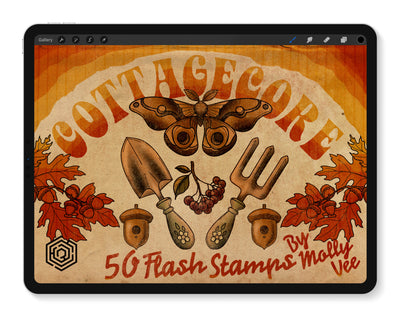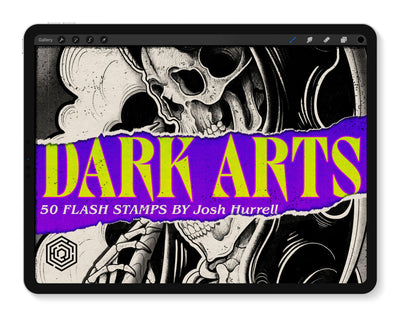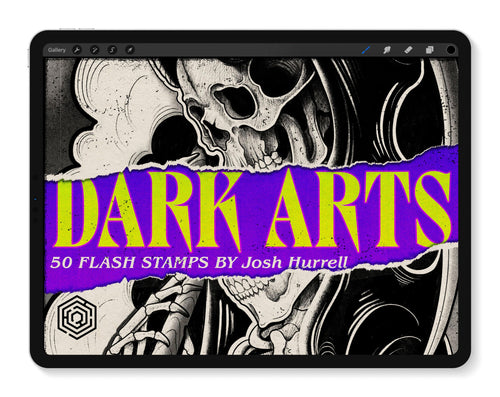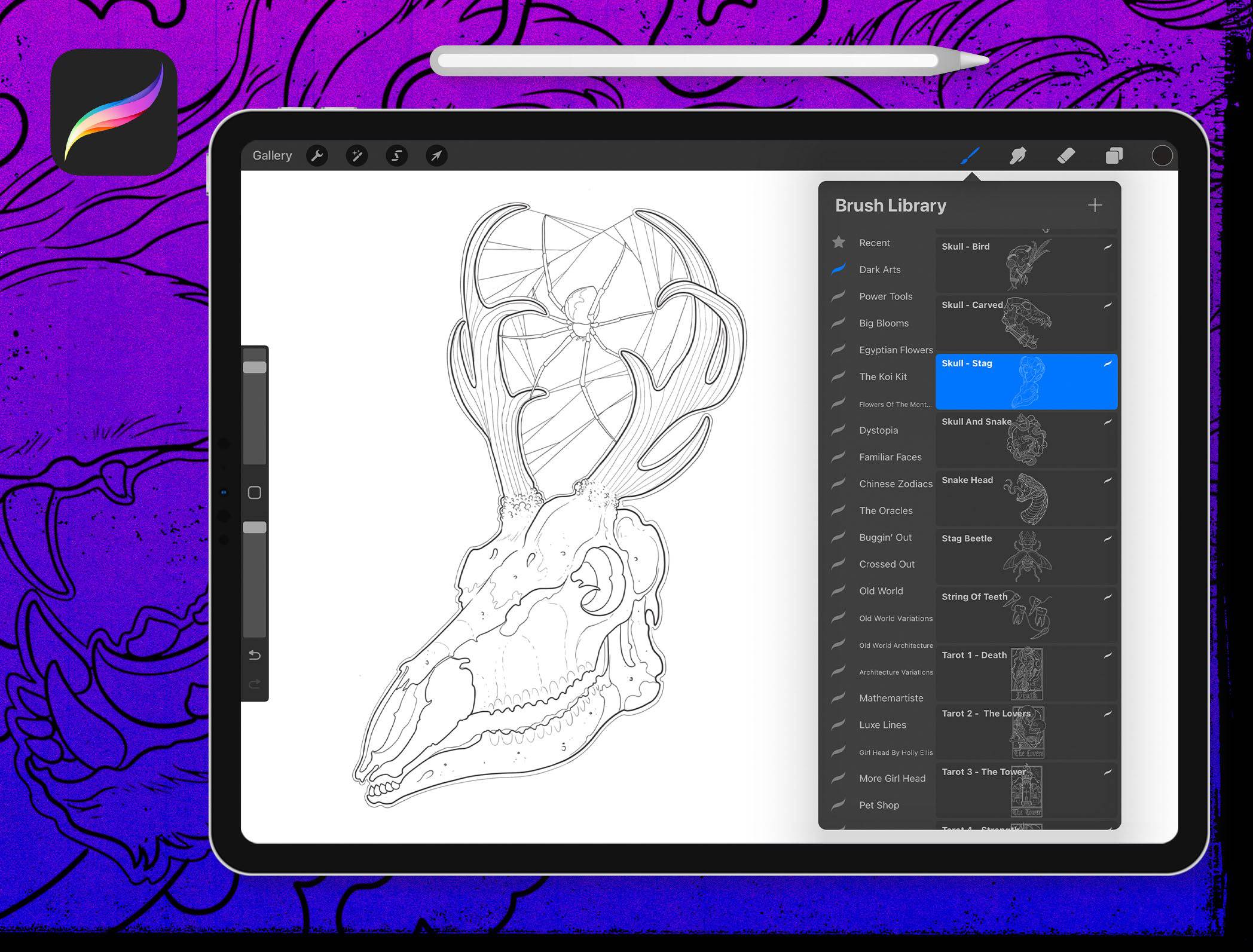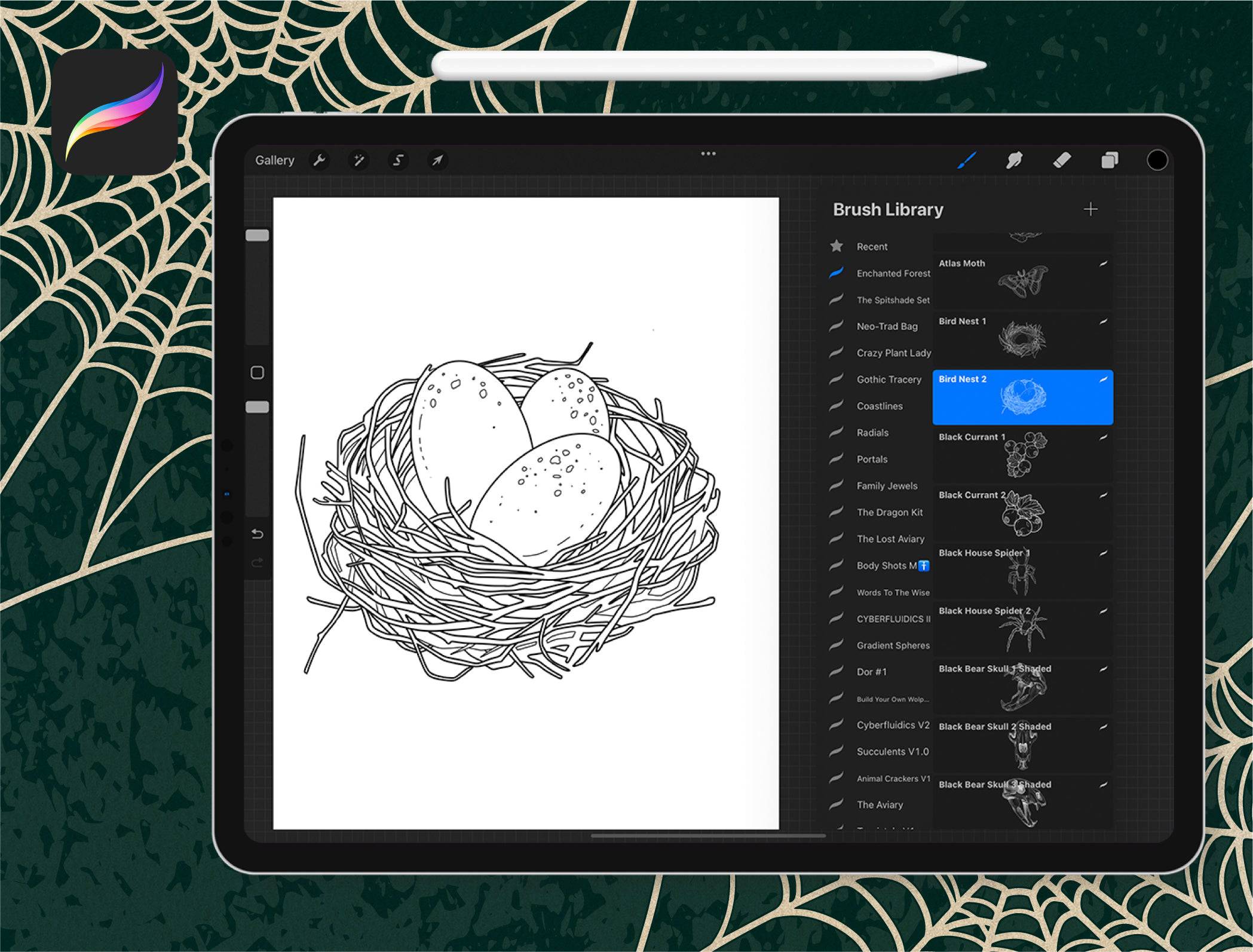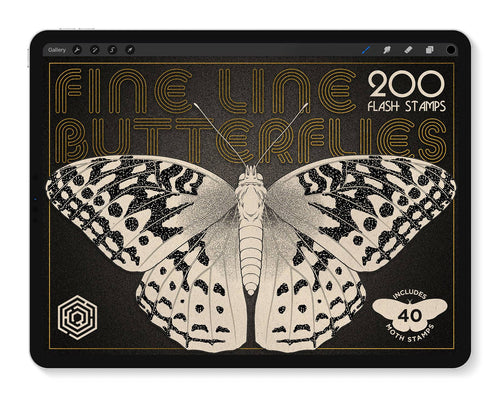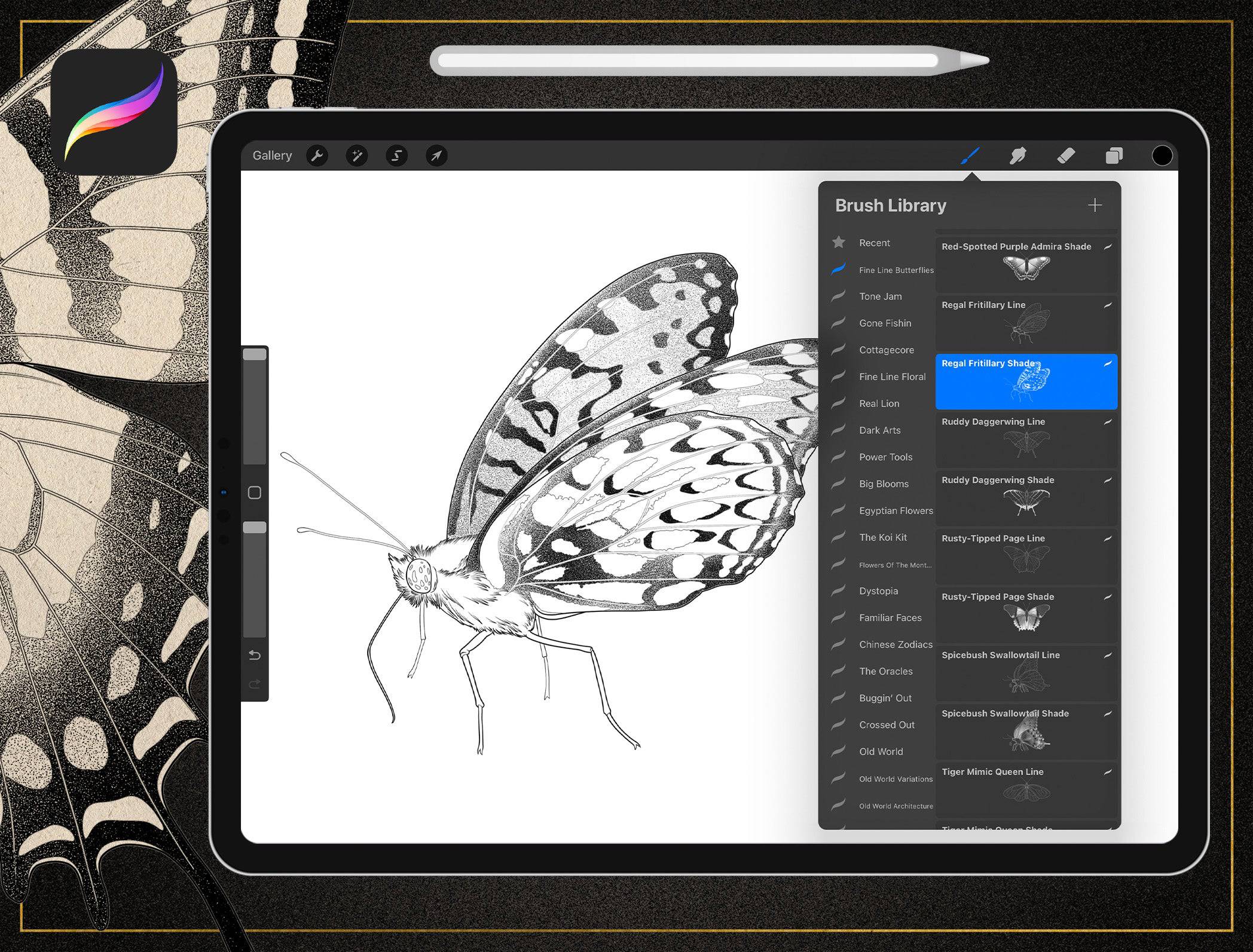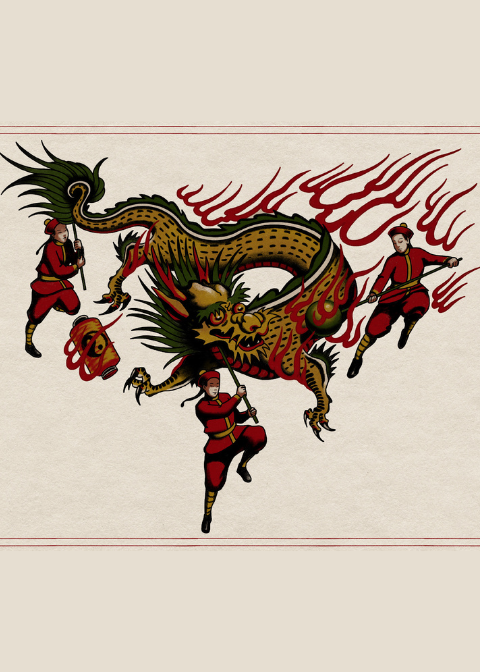Are fine line tattoos the right choice for your next client? This style stands out for its clean, delicate lines and is quickly gaining popularity. In this guide, we explore the draw of fine line tattoos and practical tips for selecting a design that lasts. Learn what sets these tattoos apart and how they could be a fit for your style.

Key Takeaways
-
Fine line tattoos are all about delicate, precise designs using thin lines and soft shading. They diverged from the bold traditional tattoos in the 1970s and have been gaining popularity again, particularly on social media.
-
Creating a fine line tattoo involves careful consideration of design and size. Popular themes include nature, minimalist symbols, and intricate lettering. You may need to work with your client to customize the design and make it even more meaningful.
-
Placement is key for fine line tattoos due to their propensity to fade. Less exposed and low-movement areas are best to avoid frequent touch-ups. Tools like Tattoo Smart’s flash stamps can aid in creating and maintaining the intricate designs of fine line tattoos.

Understanding Fine Line Tattoos
Fine line tattoos epitomize subtlety, delicacy, and precision. These tattoos are characterized by their thin composition, softer shading, and meticulous linework, making them a stark contrast to traditional tattoos with their heavy, bold lines. Details are the essence of fine line tattoos’ beauty. Picture delicate scripts or tiny symbols, all brought to life with black and grey coloring, very fine lines, and an attention to detail that allows for intricate designs even in smaller areas.
Over the past few years, fine line tattoos have seen a surge in popularity. With their unique appeal and the power of social media, they’ve quickly become a prominent trend on platforms like Instagram and Pinterest. Whether you’re an experienced professional or apprentice, this art form offers a fresh, modern take on the traditional tattoo.
Origins of Fine Line Tattooing
The story of fine line tattoos, including single needle tattoos, begins in the 1970s when artists started using thinner needles to create more intricate designs. This shift in tattooing style was spearheaded by California-based tattoo artists Jack Rudy and Freddy Negrete. Their innovative approach to tattoo artistry was instrumental in both developing and popularizing the fine line tattoo style.
At the time, the tattoo scene was dominated by bold, heavy designs. Fine line tattooing offered a stark contrast, providing a new way to achieve delicate and subtle tattoos. This change was not just a shift in technique, but a revolution in the way people perceived and experienced tattoos. It opened up a new realm of possibilities for tattoo artistry, paving the way for the diverse tattoo styles we see today.
The Artistry Behind Fine Line Tattoos
A unique skill set is required for fine line tattooing. Artists specializing in this style must possess a steady hand and unmatched precision, given the thinness of the lines and the minimal room for error.
The role of stencils and freehand drawing is also essential in fine line tattooing. While stencils provide a guide, freehand drawing allows for unique, customized designs that follow the body’s contours. Understanding different skin types thoroughly is key to maintaining crisp and clear lines over time.
The result? Elegant and airy-looking tattoos, characterized by minimal use of ink and fine lines. Popular styles within fine line tattooing include minimalist designs and geometric patterns, maintaining a sophisticated and artistic appearance. 
Choosing the Perfect Fine Line Design
Selecting a fine line tattoo design goes beyond merely picking an attractive image. These tattoos are appreciated for their subtle and stunning aesthetics, featuring thin, precise lines in a range of designs. From symbols to scripts, they cater to individual preferences without being overwhelmingly bold. Size is another crucial factor to consider. Fine line tattoos tend to range from smaller to medium sizes, with fewer large-scale pieces.
Popular Fine Line Tattoo Themes
Fine line tattoos offer a myriad of themes, celebrating their delicate aesthetic. Here are some popular design options:
-
Nature motifs
-
Minimalist symbols
-
Intricate lettering
-
Animals symbolizing personal growth and resilience
There’s a design for every taste.
Script and lettering are also popular themes in fine line tattoos. The precision in this style is key to capturing the essence of personal messages, names, or significant words. Trending now are geometric patterns and cultural symbols, offering a way to incorporate personal symbolism in a modern design.
Customizing Your Client's Fine Line Tattoo
Adding custom elements to your client's fine line tattoo design brings a personal touch and uniqueness. Consider incorporating elements with personal meaning, such as birth flowers or zodiac signs, to create a design that feels like a personal identity card. Collaborate closely with your client to incorporate personal symbols that resonate with their life story, such as family birth times or specific animals.
To further add a personalized touch, consider the following:
-
Bring inspiration from their experiences, travel, literature, or significant life events to the design process.
-
Use color to symbolize various aspects of life.
-
Incorporate abstract and minimalist elements, such as single-line images or geometric patterns, while maintaining the fine line tattoo’s signature delicate appearance.

Fine Line Tattoo Placement and Longevity
When choosing the perfect spot for a fine line tattoo, consider visibility preferences, potential for sun exposure, and how much the skin in the area might stretch or move. Less exposed areas like the collarbone, rib cage, behind the ear, upper thigh, shoulders, calves, and the inner arm are recommended to prevent fading and maintain design integrity. However, avoid areas with high motion like fingers, feet, palms, soles of the feet, and lower back.
Fine line tattoos are high-risk for fading due to friction, wear, and skin regeneration. Factors such as skin type and diligence in aftercare routines influence the longevity of fine line tattoos. These factors significantly contribute to reducing fading over time, as they play a crucial role in the healing process.
High-Risk Areas for Fading
Certain body parts such as fingers, hands, and neck are high-risk areas where fine line tattoos fade faster. High movement areas like fingers and feet, which experience regular friction, are more likely to see fine line tattoos fade over time.
Why do these tattoos fade faster? Due to the less densely packed ink that is more readily broken down by the body’s immune system, fine line tattoos carry a higher risk of fading.
Tattoo Smart Fine Line Design Tools
Tattoo Smart offers a variety of flash stamps specifically designed for fine line tattoos, enabling you to realize your vision. For floral enthusiasts, check out Fine Line Floral by Ania Shevchun, a collection of 50 stunning, hand-drawn flowers. 
For the best results, Ania recommends, "Black outline always heals better and more evenly than gray wash!"


Also explore Fine Line Butterflies and Moths if you’re drawn towards these delicate creatures, offering a unique approach to traditional butterfly and moth tattoos.


You may also enjoy the delicate lines of Astral Dream by Luis Hinestroza, a geometric-inspired set of flash stamps that incorporates spiritual fine line elements.


Weighing The Pros and Cons of Fine Line Tattoos
Pros:
- Subtle Sophistication: Fine line tattoos offer a level of subtlety and sophistication that is unmatched by bolder styles. The thin, delicate lines create a soft, understated look that can be perfect for those seeking a more minimalist or refined aesthetic.
- Intricate Detailing: One of the main draws of fine line tattoos is the ability to achieve intricate detailing. Artists can create stunning designs with precise linework, allowing for the recreation of intricate patterns, delicate florals, or even realistic portraits with impressive accuracy.
- Versatility: Fine line tattoos are incredibly versatile and can be adapted to suit a wide range of styles and preferences. Whether you prefer geometric shapes, botanical illustrations, or minimalist script, fine line techniques can bring your vision to life with finesse.
- Faster Healing Time: Due to the finer needles and shallower penetration of the skin, fine line tattoos often have a faster healing time compared to their bolder counterparts. This means less discomfort during the healing process and a quicker return to normal activities.
Cons:
- Fading and Blurring: One of the main concerns with fine line tattoos is their tendency to fade and blur over time. The delicate nature of the lines means that they are more susceptible to spreading, especially if not properly cared for or if placed in areas prone to friction or movement. If you are working on a fine line tattoo, avoid areas on the body that are prone to stretching over time like stomachs and thighs. Also, avoid areas like the sides of hands and feet with hard skin incompatible with the shallow depth required to complete fine line tattoos.
- Limited Visibility: Fine line tattoos may not be suitable for everyone, particularly those with darker skin tones or areas of the body with significant natural pigmentation. The subtle nature of fine line work can sometimes result in designs that are less visible or may require touch-ups to maintain clarity.
- Longer Tattoo Sessions: Achieving intricate fine line work often requires longer tattoo sessions compared to simpler designs. This can be more taxing on both the artist and the client, requiring additional time and patience to ensure every line is executed with precision.
- Artist Skill Level: Not all tattoo artists specialize in fine line work, and achieving flawless results requires a high level of skill and expertise. Tattoo Smart has a series of flash stamps available to help you learn how to flawlessly execute fine line tattoos:

Summary
In the world of tattoo artistry, fine line tattoos have carved a niche for themselves. With their delicate lines, intricate detailing, and modern aesthetics, they offer a fresh perspective on traditional tattoos. Whether it’s understanding their origins, exploring popular themes, considering placement, or leveraging design tools like those from Tattoo Smart, there’s a world of things to consider when creating a fine line tattoo.

